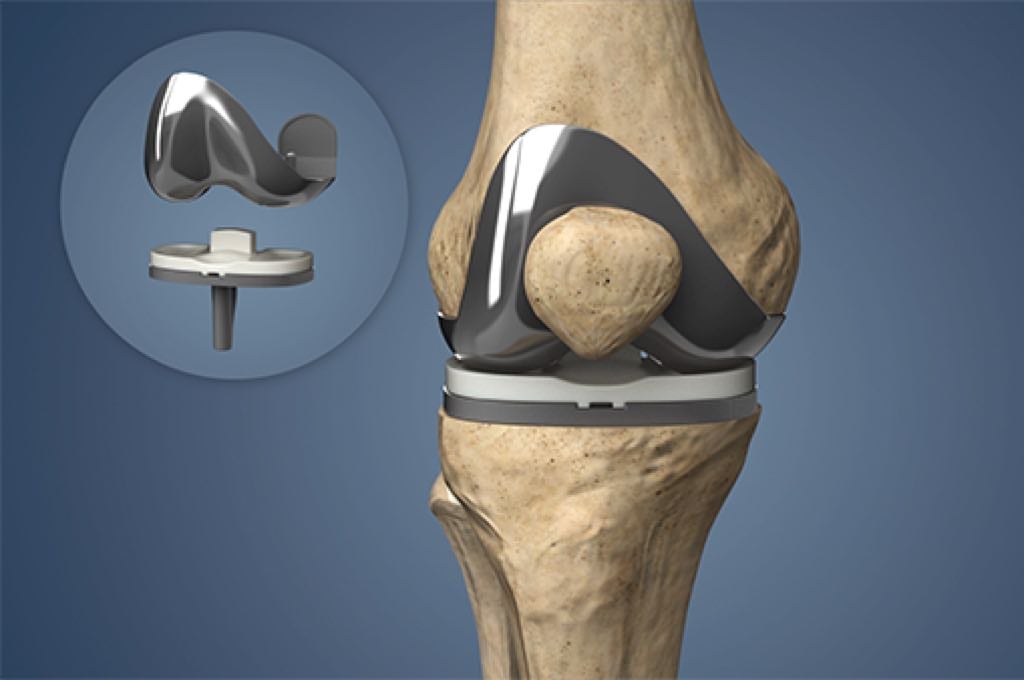Preparing for Knee Replacement Surgery: 12 Practical Tips for a Smoother Recovery
Undergoing knee replacement surgery is a major decision—and a deeply personal one. Whether you’ve been battling chronic knee pain for years or have recently been advised to consider Knee replacement surgery, it’s natural to feel a mix of hope, concern, and curiosity about what’s ahead.
1. Understand the Procedure Fully
Before you head into the operating room, take time to understand exactly what will happen. In a total knee replacement, damaged bone and cartilage are removed from the thighbone (femur), shinbone (tibia), and sometimes kneecap (patella), and replaced with artificial components designed to move just like a natural knee.
2. Strengthen Your Body Before Surgery
The stronger your muscles are going into surgery, the easier your recovery will be. Your quadriceps and hamstrings—located around your knee—play a vital role in post-op movement.
3. Lose Excess Weight if Possible
Extra weight puts more stress on your knee joints—both before and after surgery. Losing even 5–10% of your body weight can reduce surgical risks, speed up recovery, and extend the lifespan of your implant.
Consult with your doctor or a clinical nutritionist at Adam Vital for a safe and realistic weight-loss plan ahead of surgery.
4. Plan Your Home for Post-Surgery Needs
Simple home modifications can help you avoid accidents and stay independent during recovery. Here’s what we recommend:
Clear pathways and remove loose rugs or clutter
Install handrails in bathrooms or near stairs
Place frequently used items at waist level
Arrange for a sturdy chair with arms and a firm seat
Consider a raised toilet seat or shower chair
You may also want to sleep on the ground floor for the first few weeks, especially if stairs are a challenge.
5. Prepare Mentally, Not Just Physically
Knee replacement is as much a mental journey as a physical one. Be prepared for good days and slow days. Setbacks are normal. The important thing is to stay consistent with rehab and stay patient.
Many patients feel emotional or frustrated during recovery—it’s part of the process. If you struggle with motivation or mood, don’t hesitate to speak to a member of our care team or a licensed counselor.
6. Stock Up on Essentials Before Surgery
Have these ready before your hospital stay:
Loose, comfortable clothes
Ice packs or cold therapy machine
Over-the-counter pain relief (as recommended)
Wound care supplies (bandages, antiseptic)
Snacks and healthy frozen meals
All medications organized and labeled
You won’t feel like running errands right after surgery—set yourself up in advance.
7. Follow Pre-Surgery Instructions Carefully
You’ll be given guidelines in the days leading up to surgery. This may include:
Fasting after midnight the day before surgery
Stopping certain medications (like blood thinners)
Using antiseptic washes to reduce infection risk
Getting bloodwork or a pre-anesthesia check-up
Make sure to share your full medical history, including any allergies, current medications, or past surgical experiences.
8. Arrange Help for the First Few Weeks
You’ll need assistance—especially during the first two weeks. Ask a family member or trusted friend to help with:
Cooking and groceries
Transport to medical appointments
Light housekeeping
Emotional support
Having someone around makes a big difference, even if it’s just for company and peace of mind.
9. Take Rehabilitation Seriously
Physical therapy isn’t optional—it’s absolutely essential. It begins as early as day one after surgery, and the first 6–12 weeks are critical.
Rehab helps with:
Restoring range of motion
Strengthening muscles
Reducing stiffness
Improving balance
At Adam Vital, we’ll tailor a personalized rehabilitation plan for you and work alongside you to meet key recovery milestones.

10. Be Smart About Pain Management
Pain after surgery is expected, but it can be controlled with the right strategy:
Follow your doctor’s pain medication schedule
Use ice therapy regularly
Don’t skip doses—even if you feel “okay” in the moment
Let your doctor know if your pain is not well-managed
Uncontrolled pain can hinder your progress in physiotherapy, so speak up early if you need adjustments.
11. Watch for Warning Signs
While most knee replacements go smoothly, it’s important to watch for signs of complications:
Increased redness, swelling, or warmth around the knee
Fever above 101°F (38.5°C)
Drainage from the incision
Calf pain or swelling (a sign of possible blood clot)
If you notice any of these, contact your surgeon or visit Adam Vital Hospital immediately.
12. Stay Positive and Stay Moving
It’s easy to feel discouraged in the early weeks. But every small movement—every step, stretch, and bend—is progress. Celebrate it.
Stay committed to your recovery. Stay engaged with your care team. Most importantly, stay hopeful. In just a few months, you’ll be walking further, standing taller, and living with far less pain than you did before.
Final Thoughts
Knee replacement surgery can be life-changing—but it requires planning, patience, and partnership. At Adam Vital Hospital, we walk this path with you. From your first consultation to your final physiotherapy session, our orthopedic and rehabilitation teams are dedicated to helping you recover stronger, faster, and more confidently.
Book an appointment with our experts today. Your new beginning starts with a single step—and we’ll take it with you.
Comments
Post a Comment